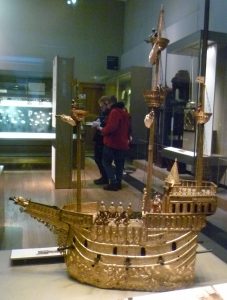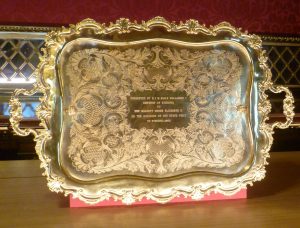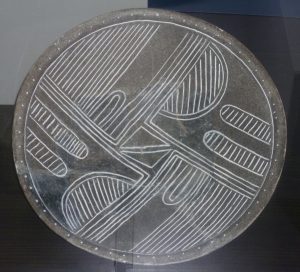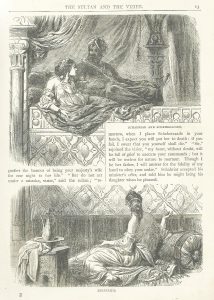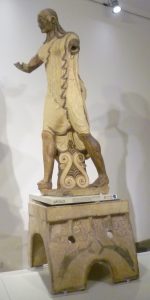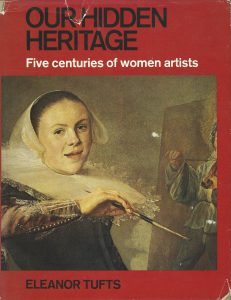I always look forward to the annual exhibition at Two Temple Place, next to Somerset House, and this year is no exception. Rhythm & Reaction: the Age of Jazz in Britain examines the influence of jazz on British art, design, music and society over the last 100 years. It’s a lively and thought-provoking exhibition, full of amazing objects. 1920s and 30s jazz plays in the background. At one point, I was talking to two other visitors about an old gramophone on display and, within minutes, we were singing snatches of Ambrose’s Tiger Rag to each other – it’s that sort of exhibition.
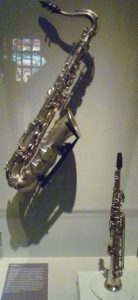
New music, new instruments: left: saxophone 1938, silver-plated brass; and right: soprano saxophone, silver-plated brass, 1929
Continue reading 2 Temple Place: Jazz. the Shock of the New
Please share this page...

